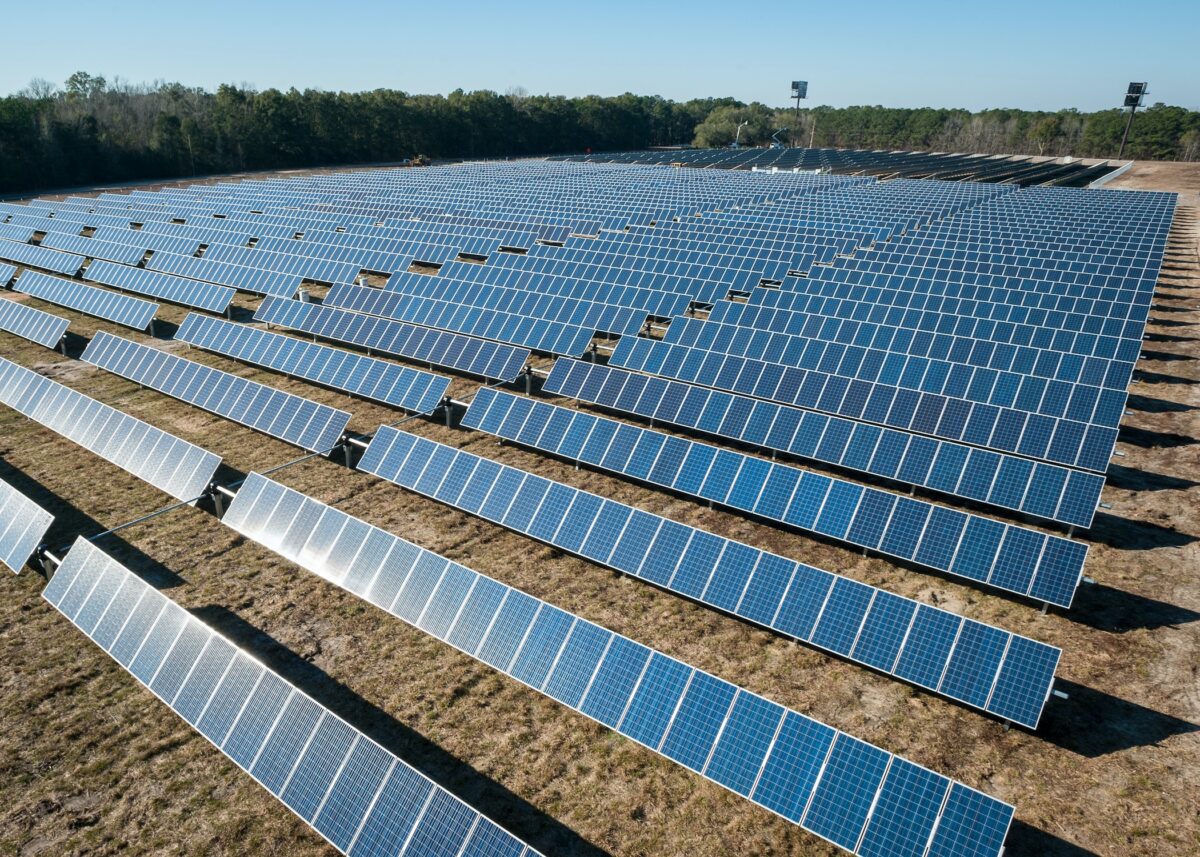 (Photo by American Public Power Association on Unsplash)
(Photo by American Public Power Association on Unsplash)Major solar developers, conservation groups, agricultural organizations, environmental and environmental justice groups, and tribal entities announced their agreement to advance large-scale U.S. solar development while championing land conservation and supporting local community interests.
The agreement is the result of a 20-month “Solar Uncommon Dialogue” convened by Stanford’s Woods Institute for the Environment, the Solar Energy Industries Association (SEIA), and The Nature Conservancy (TNC). It is meant to mark a major turning point in resolving conflicts over developing major U.S. solar projects and related conservation and community concerns.
Over the next 10 years, U.S. solar energy output is expected to increase five-fold – the rapid increase in utility-scale solar means that the industry must address various issues, including agricultural land conversion, wildlife and habitat impacts, and community engagement, Stanford’s Woods Institute for the Environment said. The Solar Uncommon Dialogue agreement stresses that the development of large solar projects must be transparent, equitable, and efficient and acknowledges that this will require many trade-offs.
Signatories to the Solar Uncommon Dialogue agreement have committed to the “3Cs”: climate, conservation, and community.
Climate emphasizes minimizing carbon emissions through clean energy sources, like solar energy and other tools, including natural climate solutions;
Conservation seeks to minimize impacts on natural and working lands; and
Community commits to equitable distribution of renewable energy project benefits.
The signatories are convening six working groups that will address key issues and opportunities including community engagement, siting-related risk assessment and decision-making, energy and agricultural technologies, tribal relations, and policy solutions.
These working groups will focus on advancing the 3Cs via public participation practices, solar siting mechanisms, regulation, financial incentives, information tools, and other means. The goal is to create best practices that solar companies, local governments, and other stakeholders can use to effectively site solar projects.
“Major U.S. solar projects are critical to fighting climate change but are increasingly opposed across the nation due to significant community and land conservation concerns,” said Stanford energy scholar Dan Reicher, who launched and leads the solar Uncommon Dialogue. “It’s exciting how motivated the parties are to avoid these conflicts and develop high-impact solutions — a triple play for climate, conservation, and community” added Reicher, who was U.S. Assistant Secretary for Energy Efficiency and Renewable Energy.
The solar agreement grew out of a Stanford-organized “Uncommon Dialogue,” a convening of cross- sector experts and stakeholders designed to find common ground and build consensus around specific environmental challenges. A previous Uncommon Dialogue agreement on hydropower and river conservation led to $2.3 billion in federal funding for the implementation of its working groups’ recommendations, Stanford said.
The solar dialogue and agreement have spawned another new Uncommon Dialogue to address challenges facing U.S. electricity transmission development for solar, wind and other new clean energy projects.